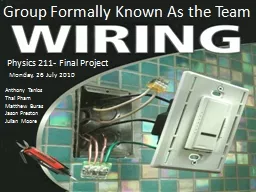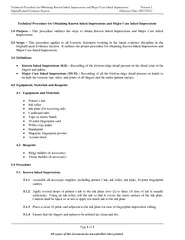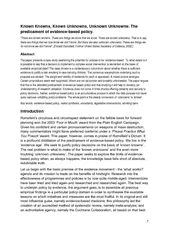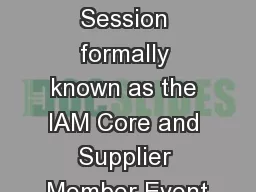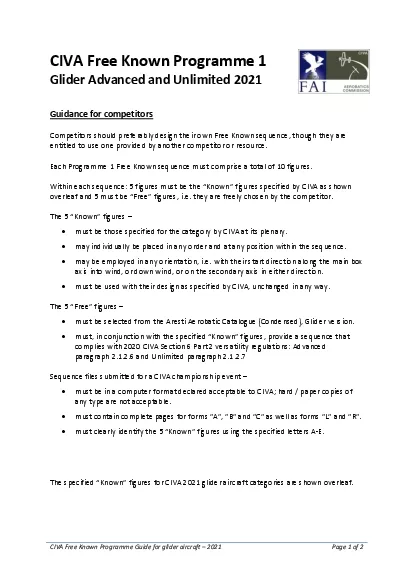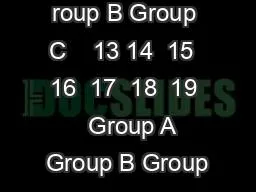PPT-Group Formally Known As the Team
Author : debby-jeon | Published Date : 2016-06-29
Anthony Tanios Thai Pham Matthew Buras Jason Preston Julian Moore Physics 211 Final Project Monday 26 July 2010 Background Information Does Sharon and Stanley need
Presentation Embed Code
Download Presentation
Download Presentation The PPT/PDF document "Group Formally Known As the Team" is the property of its rightful owner. Permission is granted to download and print the materials on this website for personal, non-commercial use only, and to display it on your personal computer provided you do not modify the materials and that you retain all copyright notices contained in the materials. By downloading content from our website, you accept the terms of this agreement.
Group Formally Known As the Team: Transcript
Download Rules Of Document
"Group Formally Known As the Team"The content belongs to its owner. You may download and print it for personal use, without modification, and keep all copyright notices. By downloading, you agree to these terms.
Related Documents

